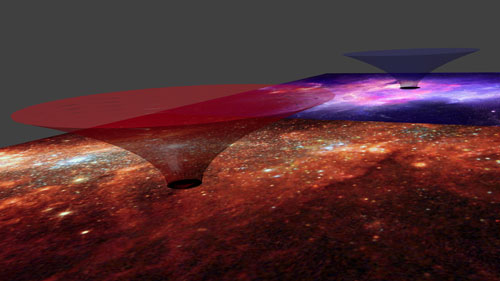 Based on the latest evidence and theories our galaxy could be a huge wormhole (or space-time tunnel) and, if that were true, it would be 'stable and navigable'. This is the hypothesis put forward in a new study.
Based on the latest evidence and theories our galaxy could be a huge wormhole (or space-time tunnel) and, if that were true, it would be 'stable and navigable'. This is the hypothesis put forward in a new study.
Jan 21st, 2015
Read more
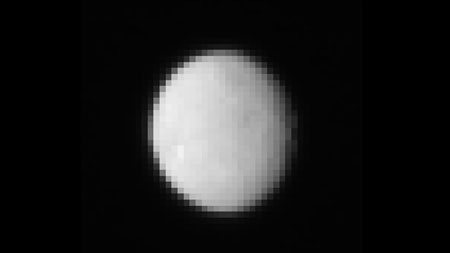 Planetary scientists may find a thick ice crust with an ocean underneath when the NASA Dawn spacecraft arrives at Ceres in March 2015.
Planetary scientists may find a thick ice crust with an ocean underneath when the NASA Dawn spacecraft arrives at Ceres in March 2015.
Jan 20th, 2015
Read more
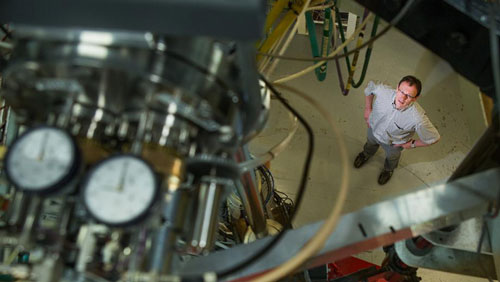 Extraterrestrial dust from the depths of the ocean could change the way we understand supernovae. Scientists have found the amount of plutonium in the dust is much lower than expected.
Extraterrestrial dust from the depths of the ocean could change the way we understand supernovae. Scientists have found the amount of plutonium in the dust is much lower than expected.
Jan 20th, 2015
Read more
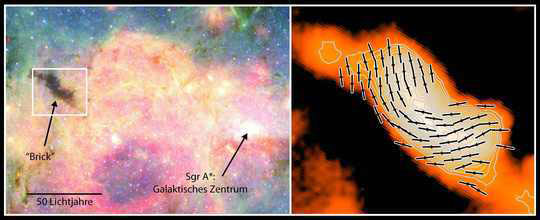 Astronomers observe polarised dust emission of two dark clouds in the Milky Way.
Astronomers observe polarised dust emission of two dark clouds in the Milky Way.
Jan 20th, 2015
Read more
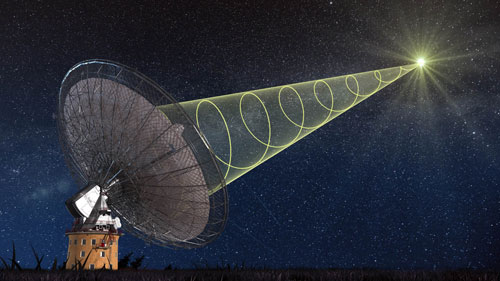 A short, sharp flash of radio waves from a mysterious source up to 5.5 billion light years from Earth has been detected by the Parkes radio telescope in eastern Australia.
A short, sharp flash of radio waves from a mysterious source up to 5.5 billion light years from Earth has been detected by the Parkes radio telescope in eastern Australia.
Jan 19th, 2015
Read more
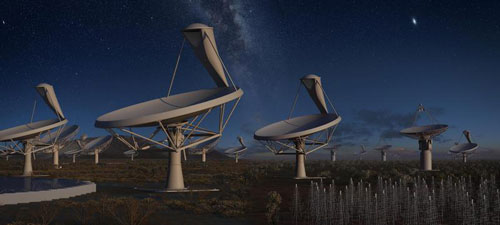 Scientists from around the world have joined forces to lay the foundations for an experiment of truly astronomical proportions: putting together the biggest map of the Universe ever made. The experiment will combine signals from hundreds of radio dishes to make cosmic atlas.
Scientists from around the world have joined forces to lay the foundations for an experiment of truly astronomical proportions: putting together the biggest map of the Universe ever made. The experiment will combine signals from hundreds of radio dishes to make cosmic atlas.
Jan 19th, 2015
Read more
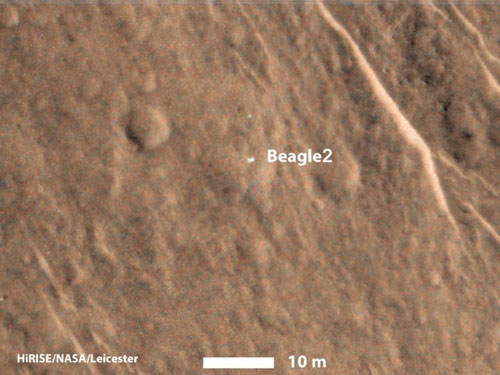 On Christmas Day 2003, a kitchen table-size lander descended onto the surface of the red planet on a mission to study the Martian surface and potential clues for life. The probe never called home, and no one knew what happened to it. Until now.
On Christmas Day 2003, a kitchen table-size lander descended onto the surface of the red planet on a mission to study the Martian surface and potential clues for life. The probe never called home, and no one knew what happened to it. Until now.
Jan 16th, 2015
Read more
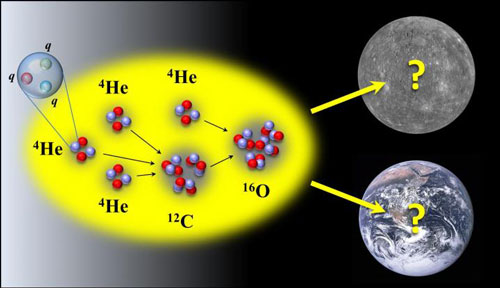 The theory that an Anthropic Principle guided the physics and evolution of the universe was initially proposed by Brandon Carter; this theory was later debated by Cambridge scholar Stephen Hawking and a widening web of physicists around the world. German scholar Ulf-G Meissner adds to a series of discoveries that support this Anthropic Principle.
The theory that an Anthropic Principle guided the physics and evolution of the universe was initially proposed by Brandon Carter; this theory was later debated by Cambridge scholar Stephen Hawking and a widening web of physicists around the world. German scholar Ulf-G Meissner adds to a series of discoveries that support this Anthropic Principle.
Jan 16th, 2015
Read more
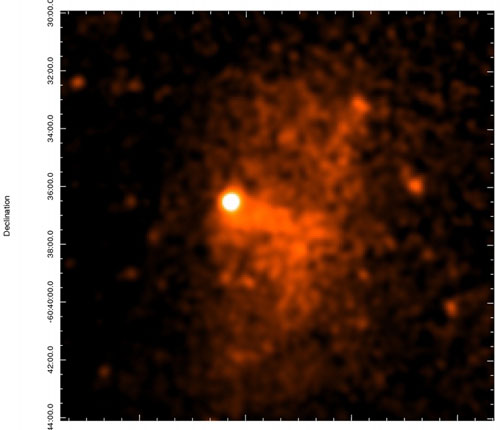 The catalogues of celestial objects contain a galaxy cluster called 'Abell 4067'. Recent observations with the XMM-Newton space observatory, however, reveal evidence that this object actually constitutes of the merger of two clusters. The smaller system appears to be losing the greater part of its gas.
The catalogues of celestial objects contain a galaxy cluster called 'Abell 4067'. Recent observations with the XMM-Newton space observatory, however, reveal evidence that this object actually constitutes of the merger of two clusters. The smaller system appears to be losing the greater part of its gas.
Jan 16th, 2015
Read more
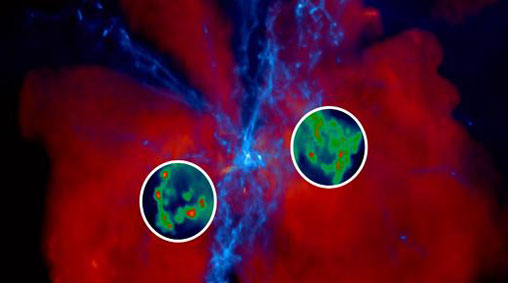 Astronomers have looked back nearly 13 billion years, when the Universe was less than 10 percent its present age, to determine how quasars - extremely luminous objects powered by supermassive black holes with the mass of a billion suns - regulate the formation of stars and the build-up of the most massive galaxies.
Astronomers have looked back nearly 13 billion years, when the Universe was less than 10 percent its present age, to determine how quasars - extremely luminous objects powered by supermassive black holes with the mass of a billion suns - regulate the formation of stars and the build-up of the most massive galaxies.
Jan 16th, 2015
Read more
A study by astrophysicists at the University of Toronto suggests that exoplanets are more likely to have liquid water and be more habitable than we thought.
Jan 15th, 2015
Read more
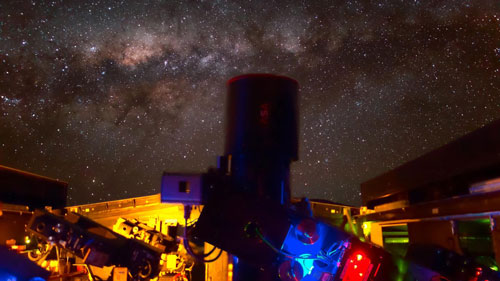 The Next-Generation Transit Survey (NGTS) telescope at the Paranal Observatory, operated by the European Southern Observatory (ESO) in the Atacama Desert in northern Chile, has achieved 'first light'.
The Next-Generation Transit Survey (NGTS) telescope at the Paranal Observatory, operated by the European Southern Observatory (ESO) in the Atacama Desert in northern Chile, has achieved 'first light'.
Jan 15th, 2015
Read more
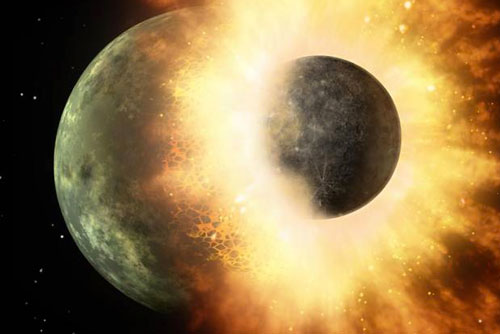 New study finds meteorites were byproducts of planetary formation, not building blocks.
New study finds meteorites were byproducts of planetary formation, not building blocks.
Jan 14th, 2015
Read more
University of Warwick scientists have begun searching for planets after the unveiling of twelve robotically controlled telescopes.
Jan 14th, 2015
Read more
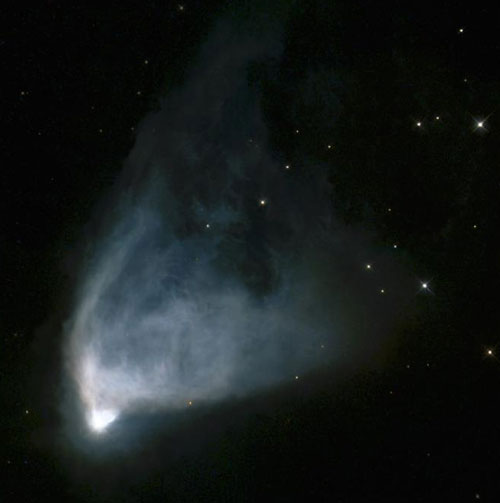 If you sweep a laser pointer across the Moon fast enough, you can create spots that actually move faster than light. Anyone can do it.
If you sweep a laser pointer across the Moon fast enough, you can create spots that actually move faster than light. Anyone can do it.
Jan 9th, 2015
Read more
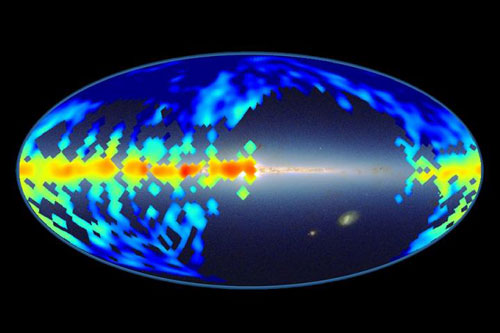 By analyzing the light of hundreds of thousands of celestial objects, astronomers from the Sloan Digital Sky Survey (SDSS) have created a unique map of enigmatic molecules in our galaxy that are responsible for puzzling features in the light from stars.
By analyzing the light of hundreds of thousands of celestial objects, astronomers from the Sloan Digital Sky Survey (SDSS) have created a unique map of enigmatic molecules in our galaxy that are responsible for puzzling features in the light from stars.
Jan 9th, 2015
Read more
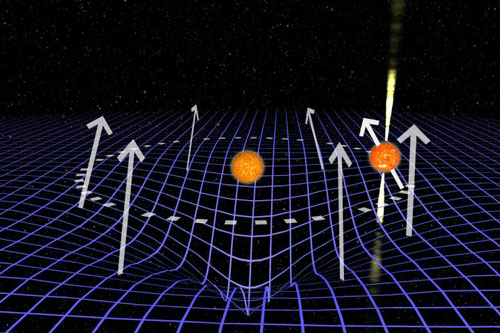 In an interstellar race against time, astronomers have measured the space-time warp in the gravity of a binary star and determined the mass of a neutron star - just before it vanished from view.
In an interstellar race against time, astronomers have measured the space-time warp in the gravity of a binary star and determined the mass of a neutron star - just before it vanished from view.
Jan 8th, 2015
Read more
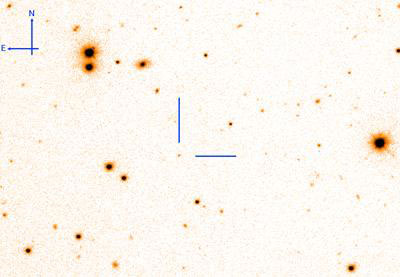 An international consortium has published in a single article a compendium of data obtained after the simultaneous research of three supernovas and of their corresponding Gamma-Ray Bursts (GRB). The research enabled contrasting statistically that the supernovas associated with GRB emit greater quantities of nickel compared to those not linked to GRB.
An international consortium has published in a single article a compendium of data obtained after the simultaneous research of three supernovas and of their corresponding Gamma-Ray Bursts (GRB). The research enabled contrasting statistically that the supernovas associated with GRB emit greater quantities of nickel compared to those not linked to GRB.
Jan 8th, 2015
Read more
 Based on the latest evidence and theories our galaxy could be a huge wormhole (or space-time tunnel) and, if that were true, it would be 'stable and navigable'. This is the hypothesis put forward in a new study.
Based on the latest evidence and theories our galaxy could be a huge wormhole (or space-time tunnel) and, if that were true, it would be 'stable and navigable'. This is the hypothesis put forward in a new study.
 Subscribe to our Space Exploration News feed
Subscribe to our Space Exploration News feed













